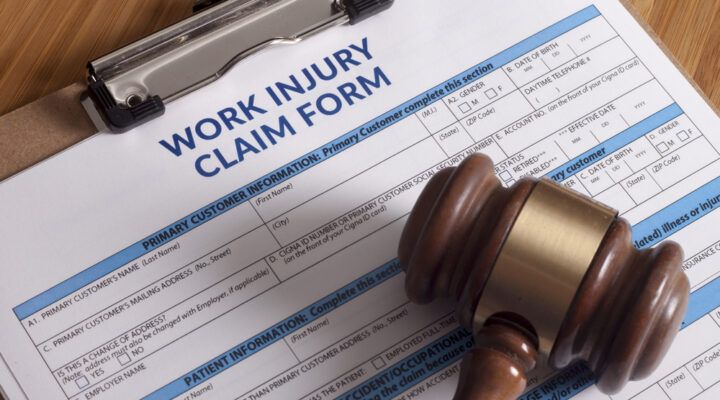There is no requirement that the causes of a work injury has to be 100 percent industrial.
There are some medical conditions that can have a work-related component to them. In other words, they are only partially caused by job duties. Osteoarthritis (OA) can be that type of industrial injury. OA is a common form of arthritis that can impact a variety of parts of the body. The parts of the body OA can impact includes the knees.
This article will discuss OA , who Treats OA, and how OA can be work-related.
What is Osteoarthritis?
Per the CDC, “Osteoarthritis (OA) is the most common form of arthritis. Some people call it degenerative joint disease or “wear and tear” arthritis. It occurs most frequently in the hands, hips, and knees.”
“With OA, the cartilage within a joint begins to break down and the underlying bone begins to change. These changes usually develop slowly and get worse over time. OA can cause pain, stiffness, and swelling. In some cases, it also causes reduced function and disability; some people are no longer able to do daily tasks or work.”
Note: The term degenerative joint disease is a term that is frequently used. It is commonly abbreviated to DJD.
What Are the Symptoms of OA?
Symptoms of OA can include pain or aching, stiffness, decreased range of motion, and swelling. CDC.
Who Treats OA, and What Treatments are Available?
OA is an interesting medical condition in that there are two medical specialties that can address the condition. The two types of doctors are Orthopedists and Rheumatologists.
Orthopedists focus on the bones and the joints. They can prescribe medications and perform operations.
Rheumatologists focus on internal medicine matters. They can prescribe medications and prescribe non-surgical treatments.
How Is OA Work-Related?
OA is work-related with respect to some activities. According to one study, A synthesis of 69 studies from 23 countries yielded strong and moderate evidence for lifting, cumulative physical loads, full‐body vibration, and kneeling/squatting/bending as increasing the risks of developing osteoarthritis (OA) in men and women.” Strong and moderate evidence existed for no increased risk of OA related to sitting, standing and walking (hip and knee OA), lifting and carrying (knee OA), climbing ladders (knee OA), [and] driving (knee OA.)” Men and Women’s Occupational Activities and the Risk of Developing Osteoarthritis of the Knee, Hip, or Hands: A Systemic Review and Recommendations for Further Research, Monique A.M. Gignac Emma Irvin Kim Cullen Dwayne Van Eerd Dorcas E Beaton Quenby Mahood Chris McLeod Catherine L. Backman 14 February 2019, https://doi.org/10.1002/acr.23855
Note: thus, there are activities that can increase the risk of OA and other activities which are not a causative risk factor. Thus, an analysis of one’s work activities is important when considering to file a claim.
What is the Legal Theory for Industrial Causation?
An Injured Worker must prove that their work activities contributed to the development of the disease. South Coast Framing, Inc. v. Workers’ Comp. Appeals Bd. (2015) 61 Cal.4th 291 [188 Cal.Rptr.3d 46, 349 P.3d 141].)
What is the Analysis?
The fact that one engages in certain injurious activities does not guarantee a valid claim. A medical opinion is required. Such a medical opinion should include a medical examination, testing, review of medical records, review of one’s past medical history, and an analysis of the physical activities the worker engaged in at work. .
What if I Need Advice?
If you would like a free consultation regarding workers’ compensation, please contact the Law Offices of Edward J. Singer, a Professional Law Corporation. We have been helping people in Central and Southern California deal with their workers’ compensation cases for 27 years. Contact us today for more information.


